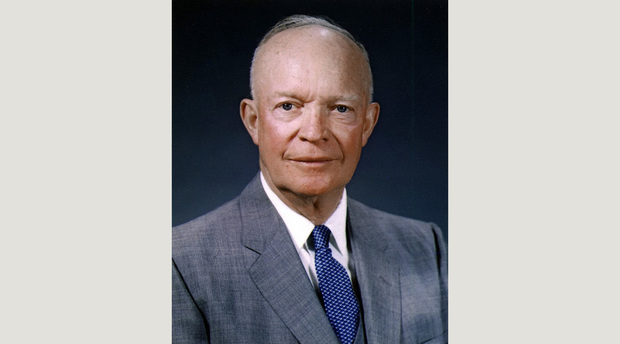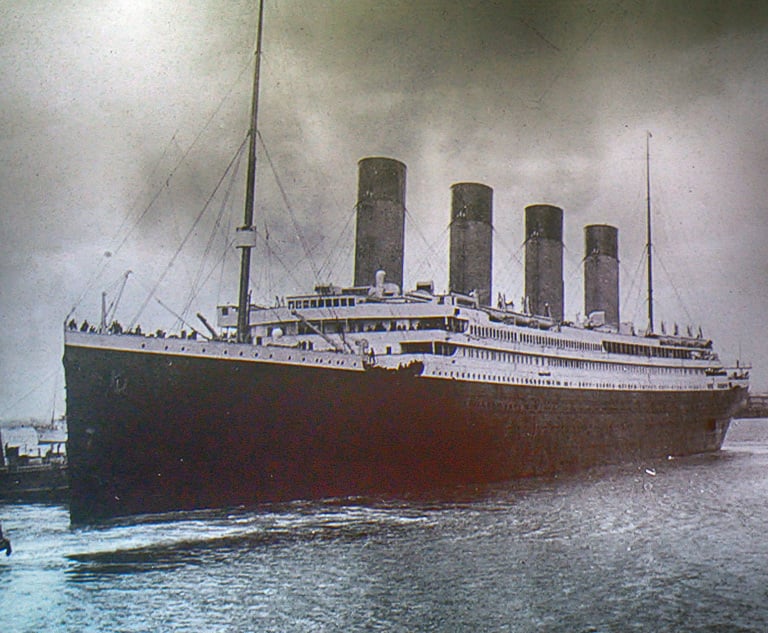With the aggressive pace of technological change and the onslaught of news regarding data breaches, cyber-attacks, and technological threats to privacy and security, it is easy to assume these are fundamentally new threats. The pace of technological change is slower than it feels, and many seemingly new categories of threats have actually been with us longer than we remember. Nervous System is a monthly blog that approaches issues of data privacy and cybersecurity from the context of history—to look to the past for clues about how to interpret the present and prepare for the future.


 President Dwight D. Eisenhower. May 29, 1959.
President Dwight D. Eisenhower. May 29, 1959.




